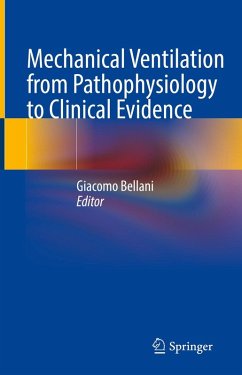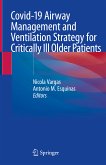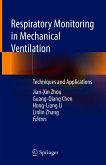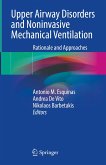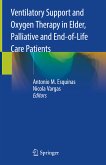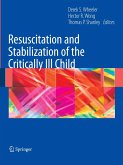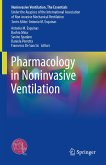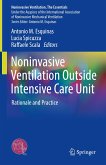Mechanical ventilation is a cornerstone of the treatment of critically ill patients, as also dramatically underlined by the recent COVID-19 pandemic. The topic is not simple to approach, since it requires integration of multiple data which, in turn, result from complex interplays between patient's condition and ventilatory settings. While technological development empowered advanced monitoring and decision support, these also increase the burden of data on the practitioners.
Furthermore, considering that sometimes mechanical ventilation is seen under two, apparently opposite, approaches, "physiology vs. protocols", the book aims to reconcile these two aspects. And this has been done by each author following the above trajectory in their chapters.
The exposure of the topic begins from the "pathophysiology" (i.e. the "physiology of the disease") so that the reader can better understand the concept and rationale of any given approach. At the same time, any rationale or hypothesis (for as much as supported by physiology) must hold at the proof of clinical research and evidence, which is summarized in each chapter.
Dieser Download kann aus rechtlichen Gründen nur mit Rechnungsadresse in A, B, BG, CY, CZ, D, DK, EW, E, FIN, F, GR, HR, H, IRL, I, LT, L, LR, M, NL, PL, P, R, S, SLO, SK ausgeliefert werden.

